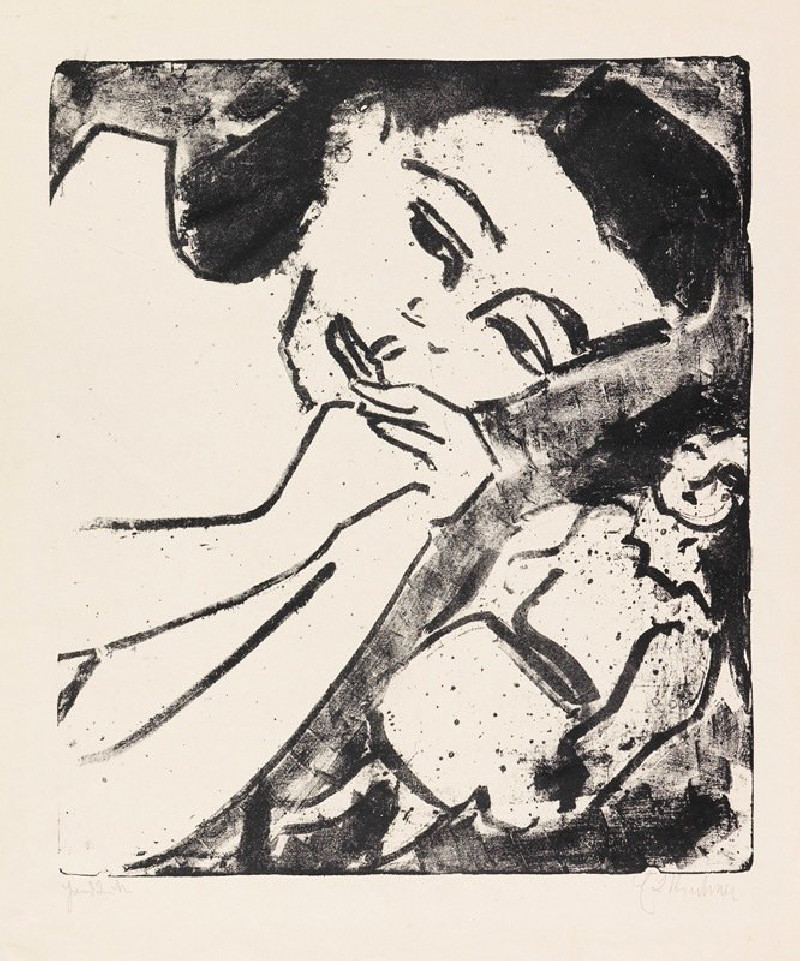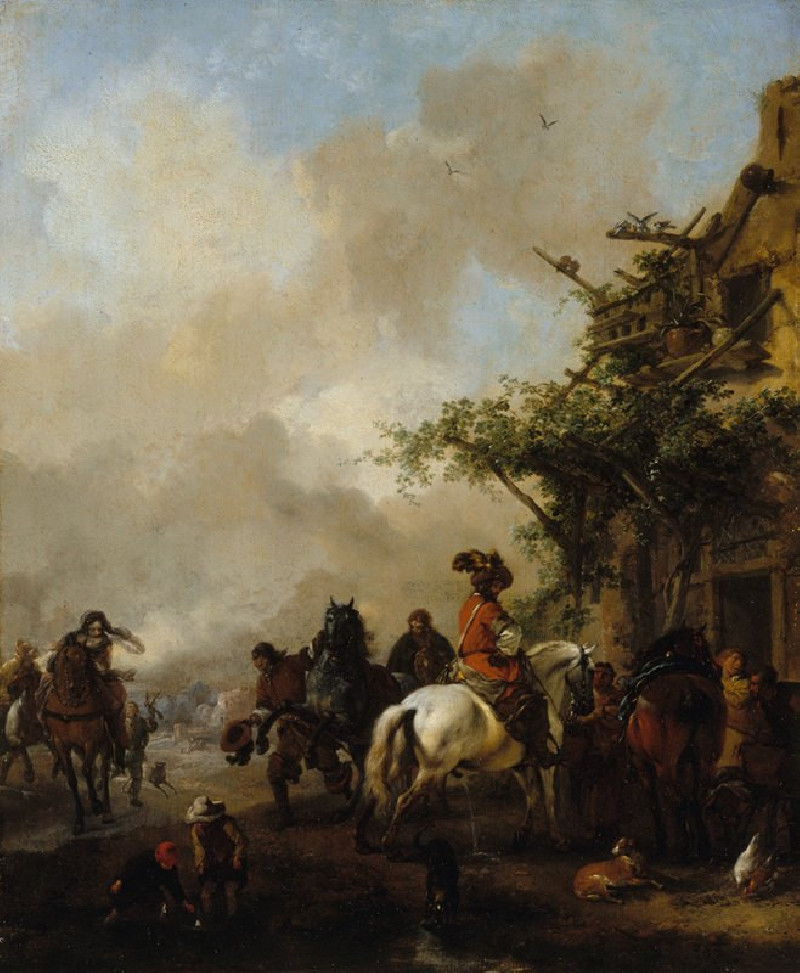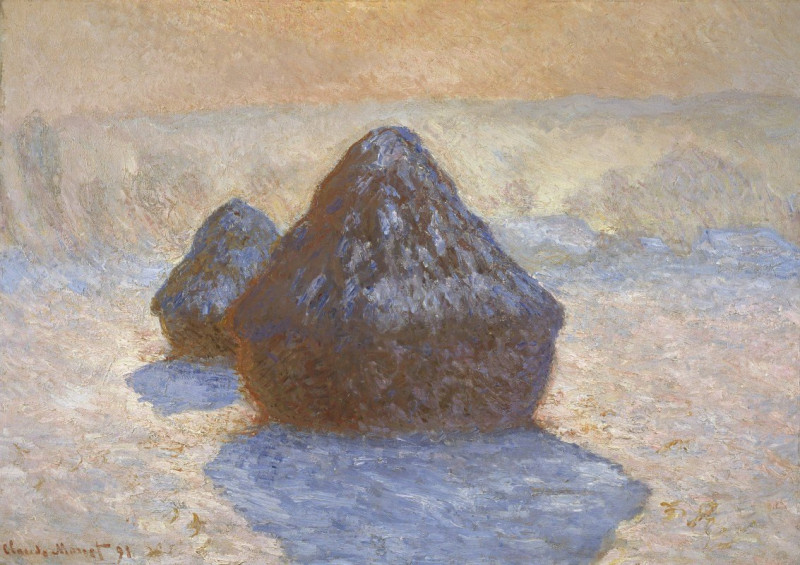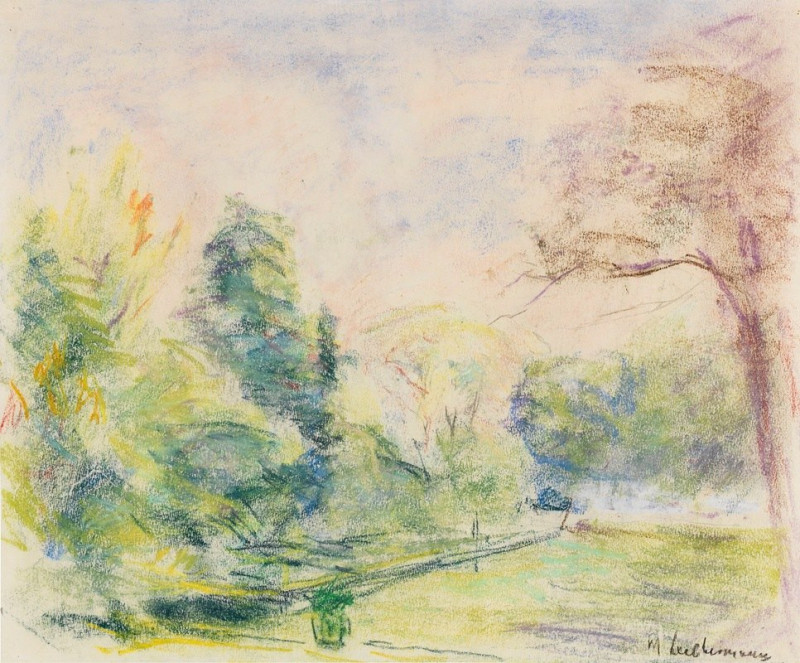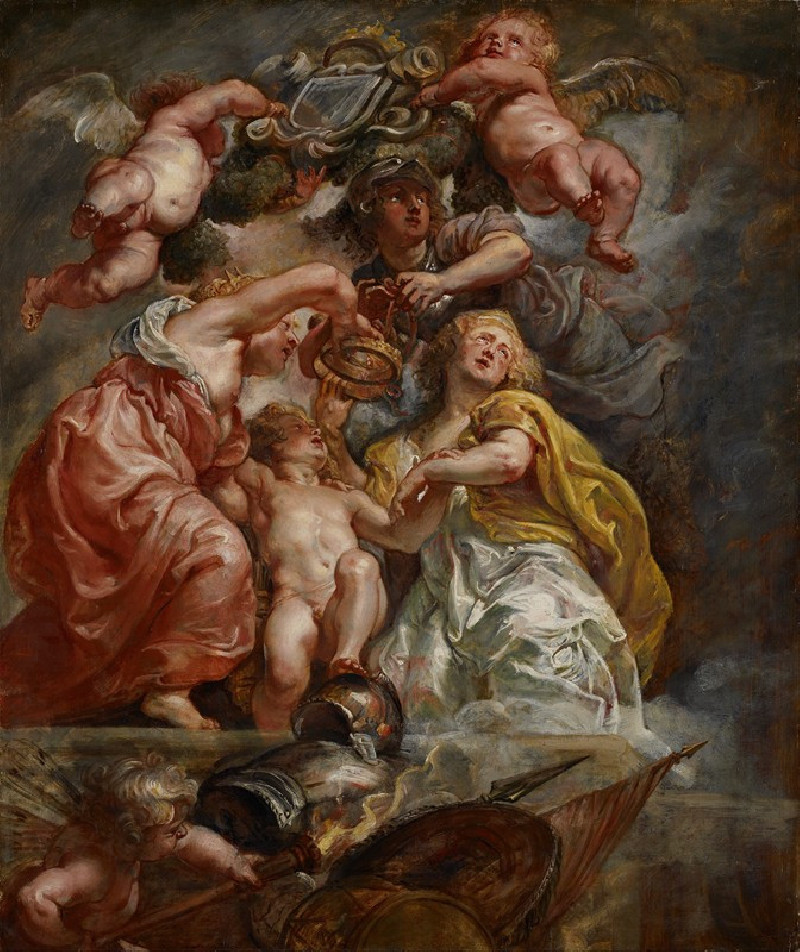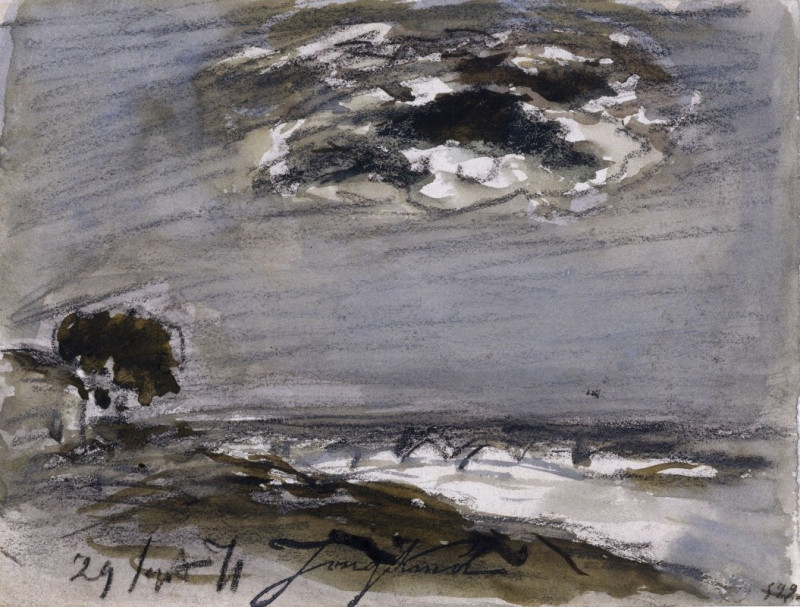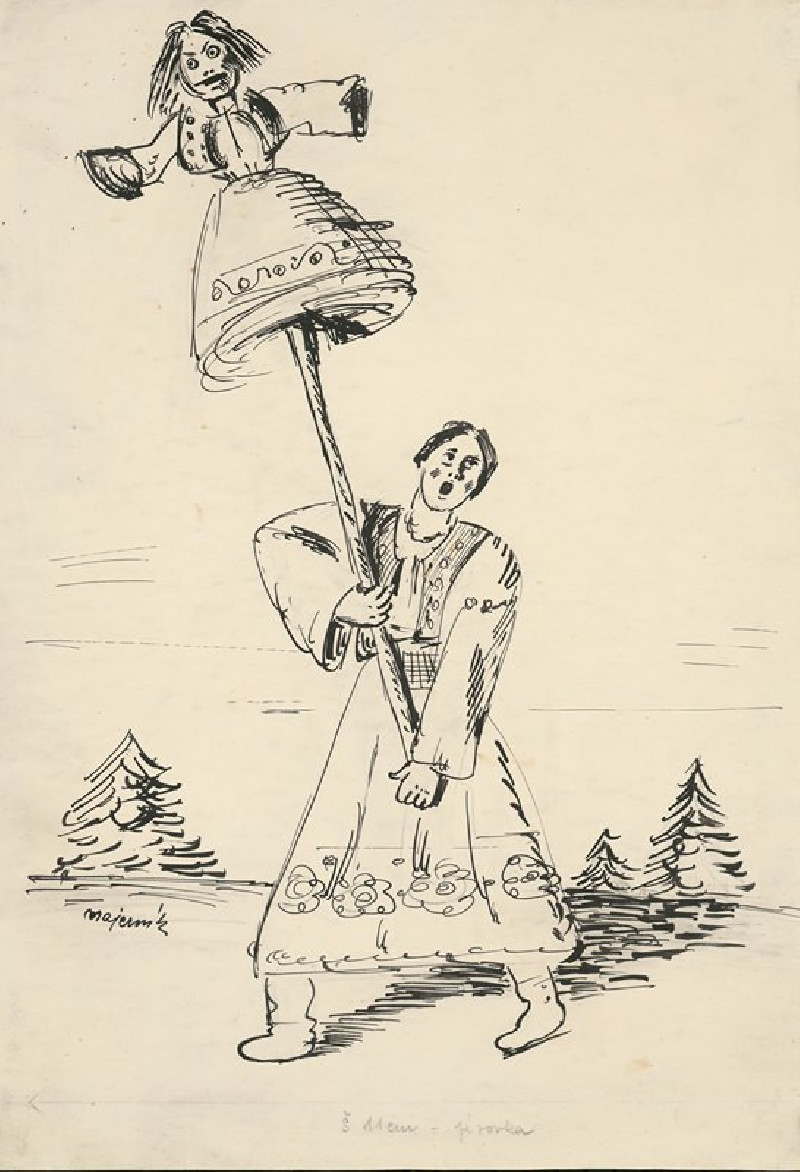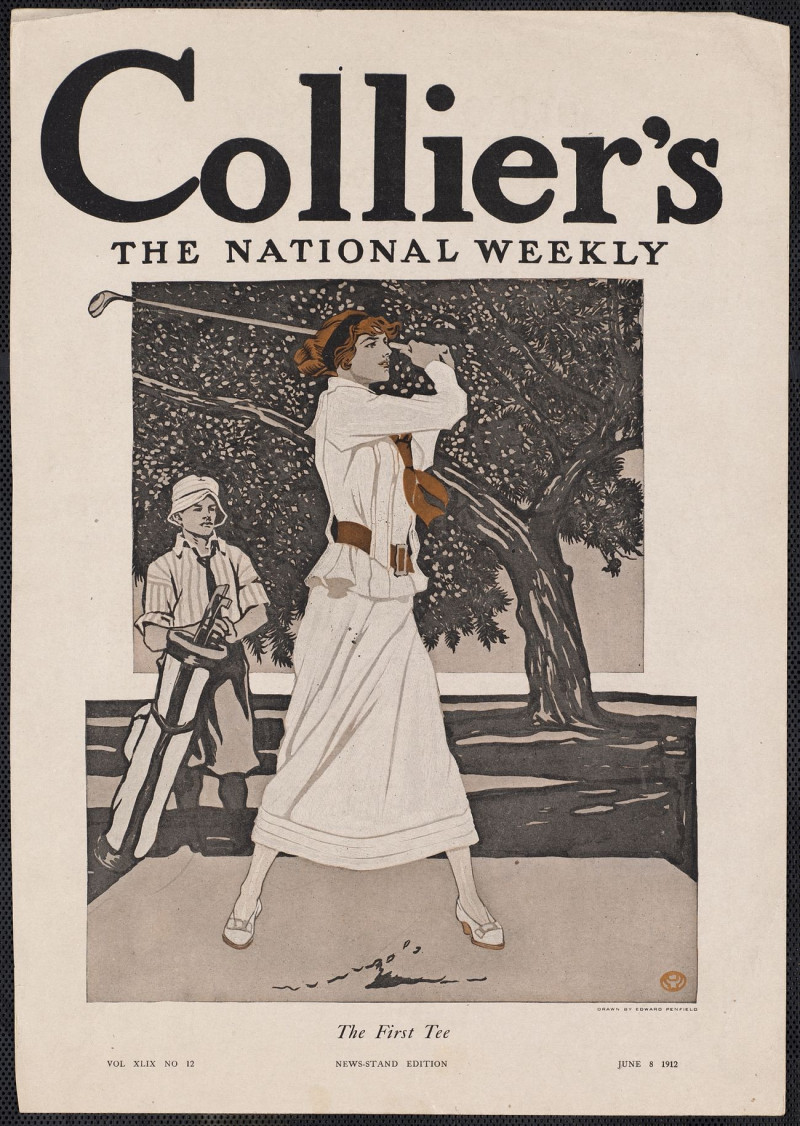Fränzikopf mit Puppe (1910)
Technique: Giclée quality print
Recommended by our customers
More about this artwork
This evocative piece is an exemplary work by Ernst Ludwig Kirchner, a leading figure in the German Expressionist movement. Titled "Fränzikopf mit Puppe" (Franzi's Head with Doll), the painting captures the stylized image of a young girl, Franzi, portrayed with a doll. The work, dated 1910, stands out for its expressive lines and the striking contrast between the black and white ink, giving it a dynamic, textured effect that conveys depth and emotion.The subject's face is rendered with thick, sweeping lines that suggest movement and add an abstract quality to the piece. The girl's large eyes and distinctive facial features are highlighted, capturing the viewer's attention instantly. Her gaze seems introspective yet distant, perhaps reflecting a moment of quiet play or daydreaming.The addition of the doll in the composition adds a layer of intimacy and innocence, emphasizing themes of childhood and its simplicity. Kirchner’s use of stark contrasts and fluid, almost abrupt lines lends the work an intensity that is characteristic of the Expressionist movement."Fränzikopf mit Puppe" is more than a portrait; it is a snapshot of youth, captured through the lens of avant-garde artistry. It invites viewers to contemplate the internal world of its subject, exploring themes of identity and expression in ways that resonate beyond the confines of the canvas.
Delivery
Returns
Ernst Ludwig Kirchner (1880–1938) was one of the most important German Expressionist painters. He was a co-founder of Die Brücke, a group of German expressionist artists formed in Dresden in 1905. Die Brücke and Kirchner took inspiration from Vincent Van Gogh and Edvard Munch, as well as African and Oceanic art. They used woodblock printing as a medium to showcase their signature style: flat, unrealistic images with vivid colors. The recurring themes in Kirchner's artworks included exotic cultures, faraway landscapes, self-portraits, dancers and Berlin street life. His paintings and prints effectively portrayed non-European cultures despite the fact that he never traveled outside of Europe.

